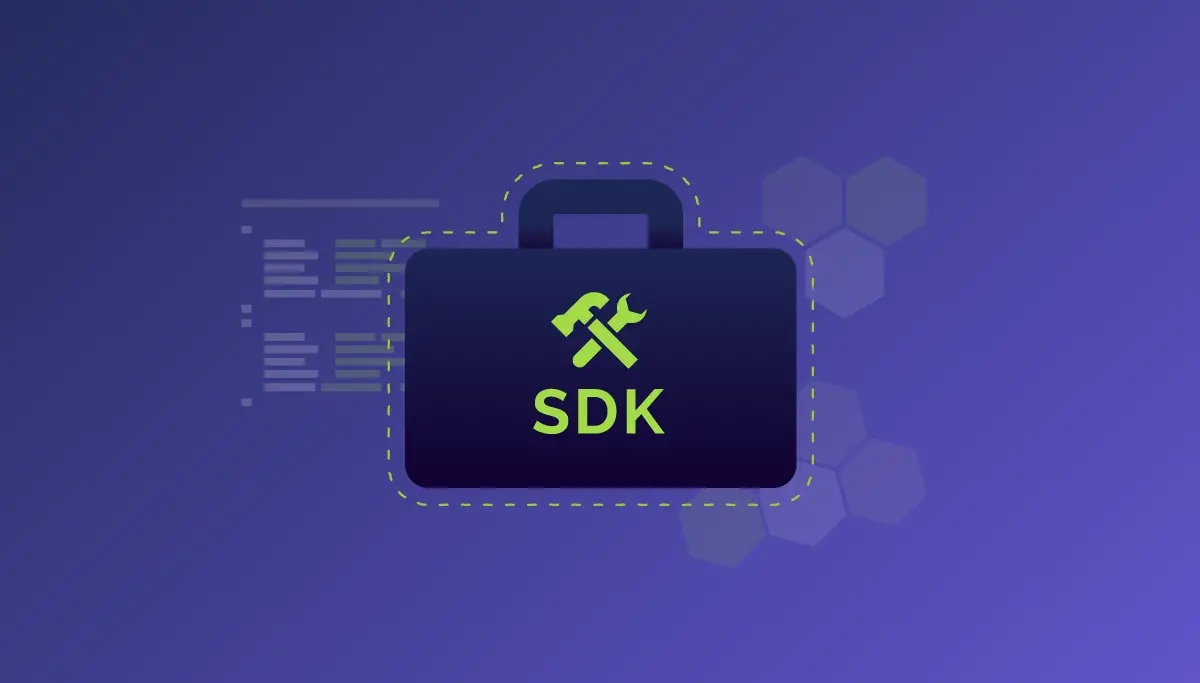The telecommunications industry has witnessed tremendous growth over the years, with the evolution of technology playing a significant role in transforming the way we communicate. One such technological advancement is the Signaling System 7 (SS7), a crucial protocol suite used for signaling and controlling telecommunications networks. To harness the power of SS7 and leverage its capabilities, developers often rely on SS7 Software Development Kits (SDKs).
In this article, we will delve into the world of SS7 SDKs, exploring their functionalities, benefits, and how they are revolutionizing telecommunications.
Contents
What is SS7?
The Signaling System 7 (SS7) is a globally recognized telecommunication protocol suite that facilitates the exchange of information between public switched telephone networks (PSTNs). It provides a reliable and efficient means of transmitting signaling messages, controlling call setup, routing, and managing network services.
Understanding SS7 SDK
An SS7 Software Development Kit (SDK) is a set of tools, libraries, and documentation that assists developers in integrating SS7 functionalities into their applications or systems. These SDKs provide an abstraction layer, simplifying the complexities of working directly with SS7 protocols, allowing developers to focus on building robust communication applications.
An SS7 SDK typically includes various components, such as protocol stacks, APIs (Application Programming Interfaces), sample codes, and debugging tools. These components empower developers to establish connections with SS7 networks, handle signaling messages, and perform actions like call setup, routing, and service management.
Benefits of SS7 SDK
Enhanced Communication Capabilities
SS7 SDKs enable developers to unlock advanced communication features like voice calls, SMS services, call routing, and more. By integrating SS7 functionalities, developers can build applications that leverage the power of the SS7 protocol suite.
Reliable Signaling Transmission
SS7 SDKs provide developers with robust mechanisms for transmitting signaling messages across telecommunication networks. This ensures the reliability and integrity of signaling information, enhancing overall network performance.
Rapid Development and Deployment
With pre-built components and comprehensive documentation, SS7 SDKs accelerate the development and deployment process. Developers can save time and effort by utilizing the readily available tools and focusing on the core functionalities of their applications.
Secure Communication
SS7 SDKs incorporate security features to protect sensitive information transmitted over the network. These SDKs implement authentication and encryption mechanisms, safeguarding communication channels from unauthorized access and potential threats.
Use Cases of SS7 SDK
Voice and Video Calling Applications
SS7 SDKs are extensively used in the development of voice and video calling applications, enabling users to make high-quality calls over traditional telephony networks.
SMS Gateways
SS7 SDKs facilitate the creation of SMS gateways, allowing businesses to send and receive SMS messages efficiently and reliably.
Call Routing and Network Management
Telecom operators leverage SS7 SDKs for call routing, network management, and service provisioning. These SDKs provide the necessary tools to handle call routing decisions based on various factors such as user location, call quality, and service availability.
Mobile Number Portability (MNP)
SS7 SDKs play a vital role in implementing Mobile Number Portability, enabling users to switch between telecom operators while retaining their phone numbers.
Key Features and Functionality
An SS7 SDK typically offers a wide range of features and functionality, including:
- a) Protocol Support: SS7 SDKs provide support for various SS7 protocols, such as MTP, SCCP, ISUP, and TCAP, enabling developers to interact with SS7 networks seamlessly.
- b) Message Handling: SDKs offer APIs to send and receive SS7 signaling messages, allowing developers to create, modify, and interpret messages according to their application requirements.
- c) Call Control: SDKs facilitate call control operations, such as call setup, teardown, and call forwarding, enabling developers to build voice-based applications and services.
- d) Global Title Translation (GTT): SDKs often include GTT functionality, allowing developers to convert global titles between different numbering plans, making it easier to route calls across networks.
- e) Error Handling and Logging: Robust SDKs provide comprehensive error handling mechanisms and logging capabilities, aiding developers in troubleshooting and debugging their applications.
Future of SS7 SDK
As the telecommunications landscape continues to evolve, SS7 SDKs are likely to adapt and embrace emerging technologies. The future of SS7 SDKs might involve integrating with Voice over Internet Protocol (VoIP) networks, enabling seamless communication between traditional telephony networks and IP-based systems.
Additionally, advancements in security measures will be crucial to address the challenges associated with potential vulnerabilities in SS7 networks.
Conclusion
SS7 SDKs have revolutionized the telecommunications industry by empowering developers to build robust and feature-rich communication applications. With their extensive capabilities, SS7 SDKs simplify the integration of SS7 protocols, enabling developers to leverage advanced communication features, ensure secure communication, and enhance overall network performance.
As the industry progresses, SS7 SDKs are expected to continue evolving, aligning with emerging technologies and addressing security concerns. The future holds great potential for SS7 SDKs to play a pivotal role in shaping the next generation of telecommunications networks.
